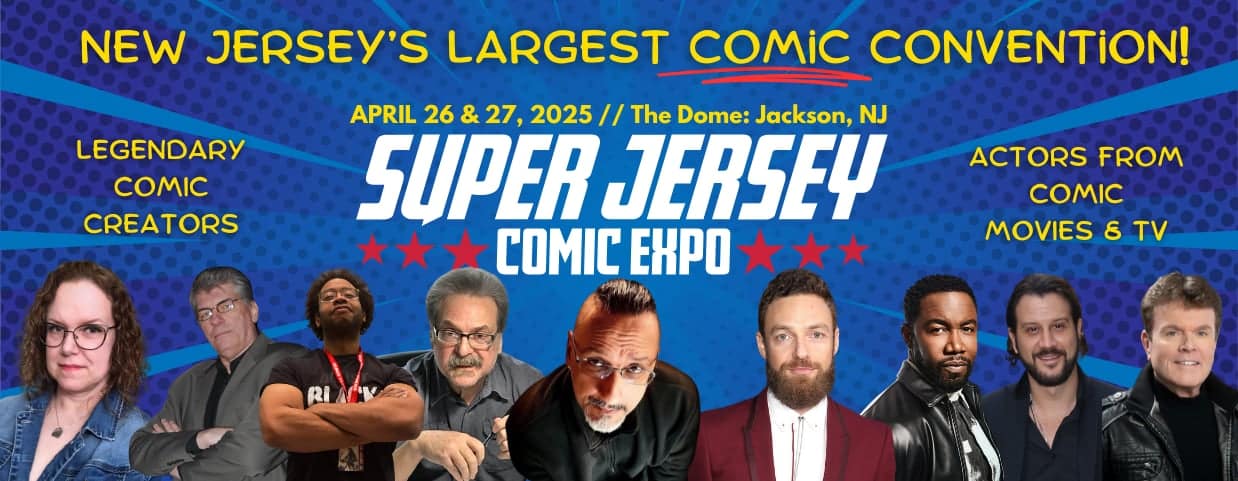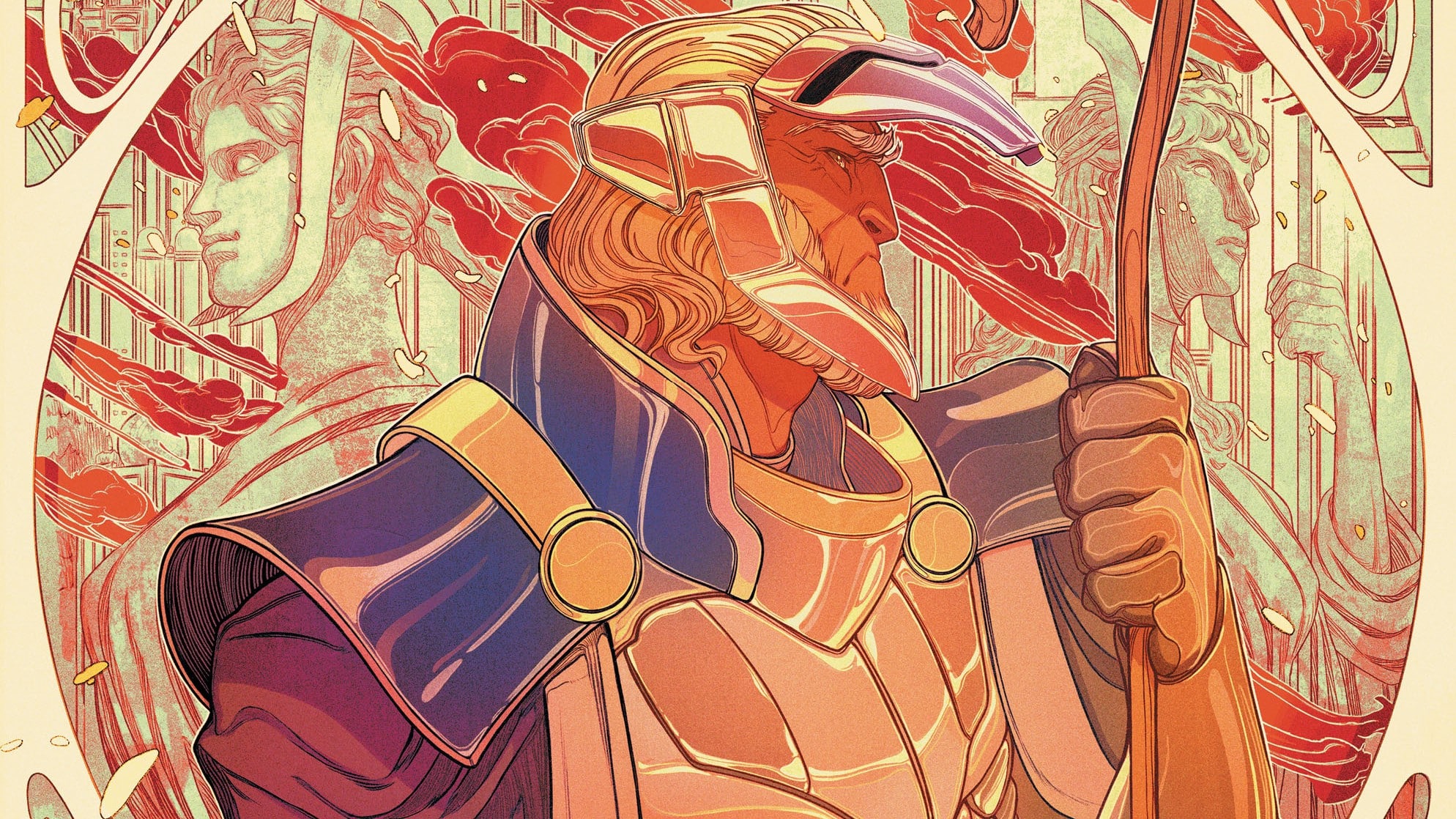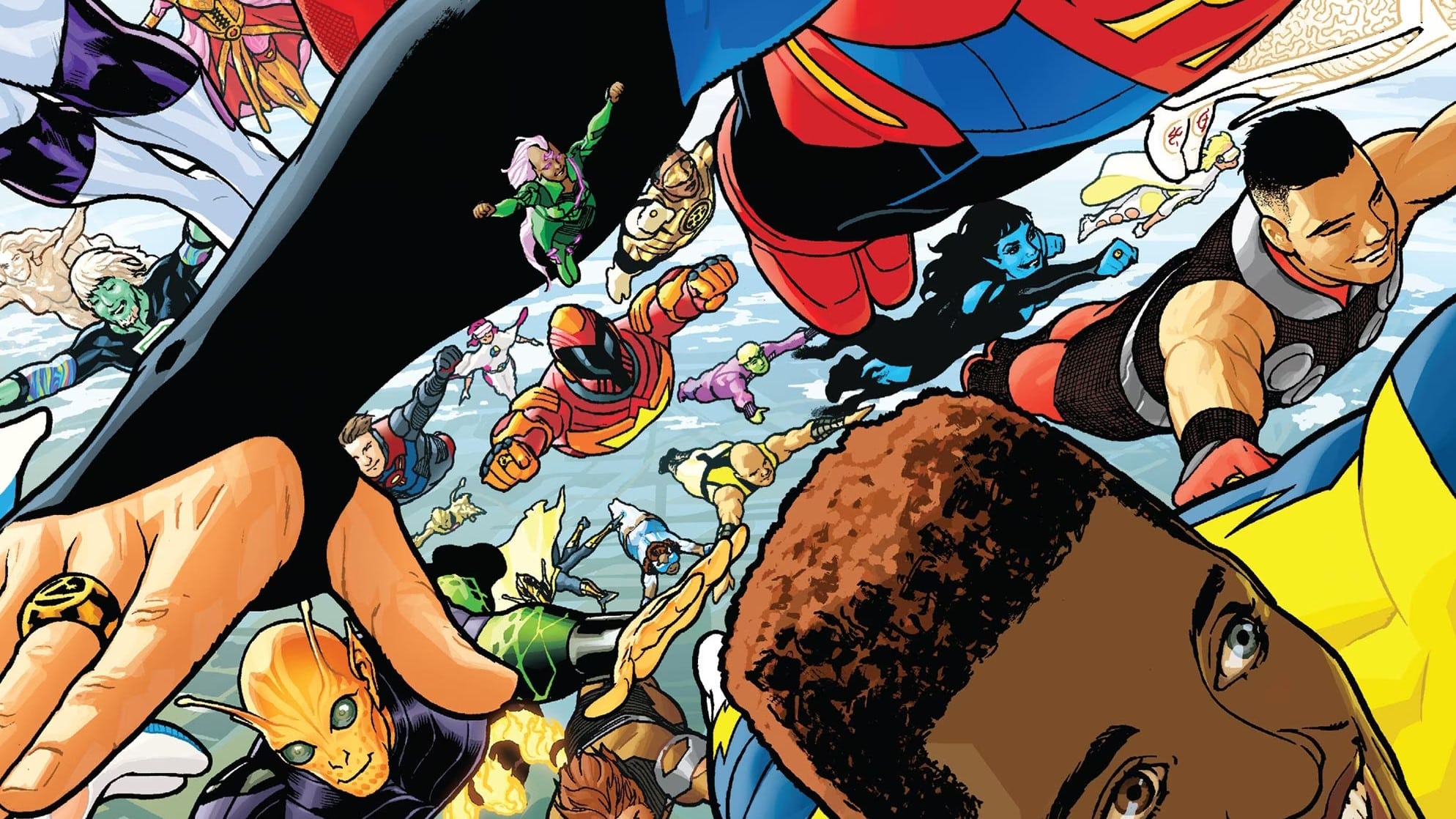Lightray deserved better — but what happens when hope dies? It’s a question that concerns everyone, in The New Gods #5, written by Ram V, drawn by Evan Cagle and Andrew MacLean, colored by Francesco Segala, and lettered by Tomorrow Napolitano
What Happens When We Die?

It is a question with no verifiable answer — at least, not in our world. Things work a little differently in the DC Universe, of course. The Dead get Black Lantern rings, go to one of several verified afterlives, or come back as ghosts and join the Justice League — not counting all the people who come back to life and join the Justice League, of course.
But like any comics writer worth their salt, Ram V only uses deep cuts of continuity to the extent that it serves the story, and so, Lightray wonders what happens when we die, and no one seems to agree on the answer.
Andrew Maclean handles the art for this introductory section. His lines are crumbly, stocky, and cute. If art on storytelling is perspective, then we’re seeing the world through more innocent eyes — Lightray’s, as he seeks to understand what happens after a person dies. The people he turns to, the people whose opinion he cares for, all have different answers. It’s how the world works (even, apparently, the Fourth One): when an answer is unverifiable but existentially important, people merely pick the answer that aligns most with their worldview, derive comfort from it, and use that answer to justify the things they do in life.
The New Gods is a series about who people truly are when the end is upon them. The Highfather places his faith in a higher power — and all the better for him that that higher power is one he can actually wield, and manipulate. Metron does not believe death really matters, one way or the other, as long as he gets his answers. Orion embraces nihilism with the insistence of one who has doubts in need of drowning, viewing the murders he does on behalf of New Genesis nothing more than him simply dealing with problems. If death means nothing, life means nothing, and he does not need to feel guilty for the lives he ends.
The problem with basing your life on what is essentially a guess is that you don’t know. Not for sure. So the Highfather fears for his life, and the lives of all he holds dear — because what if their souls do not return to the Source? Orion asks his brother to stop him from murdering a child, because while one life may not matter…what if it does?
And Metron…well, it’s hard to tell, one way or the other, with Metron.
Lightray, however, god of hope, is not satisfied with any of these answers. Perhaps he can tell that people are unconvinced with their answers, perhaps he has a theory of his own, or perhaps he’s just being thorough, because there is someone who does know: the Black Racer.
Ram V is a writer who slips easily into a mythic style of storytelling. Steady pacing is sacrificed to make individual moments feel epic, for certain beats to be hit like they’re the only details to have survived hundreds of retellings. Three questions asked and answered. A meeting between an innocent, and Death. A promise that is prophecy, and an ending that’s profound if you don’t think about it too hard. MacLean handles this shift well — while the cuteness of the art makes you feel like you’re briefly reading a L’il Lightray comic, we’re treated to a single page of the Black Racer looming larger than life. One glimpse of a child’s view of Lightray vs the cosmic manifestation of Death itself — and the we’re in the present, where in some ways, Lightray is doing the exact same thing.
The End vs. The Beginning

Last issue, we saw the Highfather release the true potential of the New Gods across the universe. We don’t yet have a full picture of what that means — because, leaning once again into mythic storytelling, we skip any possible montages of the New Gods using their new powers to lay waste to the Nyctari. We get a glimpse of Lightray using his powers, but for the most part, we see the gods retreating. Clearing the field for the most narratively important fight: the respective leaders of the two warring factions, coming together in one last formality — giving the other side a chance to surrender.
Izaya the Inheritor wields the All-Spark, a cosmic force used at the very beginning of creation. Karok Ator, as it turns out, wields darkness that is an argument for the end of all creation and it will not be silenced.
Before the final, futile fight begins, it’s interesting to see Evan Cagle’s take on Darkseid as he conquered Karok’s home planet, setting all of this into motion. Darkseid looks almost pained. Regretful. As if war hurts his heart.
As if he has a heart to hurt.
It’s not a look we tend to see on Darkseid, who’s become this sort of physical embodiment of darkness itself. We don’t often entertain the thought that Darkseid might be human — Darkseid does not need to be.
It’s just one panel — but it’s Darkseid’s only appearance in the book, and one so far out of the norm that it’s worth pointing out, even though it might mean nothing. However, at the very least, it does mean that the creative team does not think anyone is pure evil.
Karok does not make it easy to believe this. Sure, he’s trying to end all the gods, but that alone could just be indicative of some brainwashed purpose the Darkness has ingrained in him.
Here, though, we learn that he’s not only a nihilistic force — he’s a petty nihilistic force. Karok the singular-minded leader of the Nyctari was a figure to be feared, but you could, from a distance, admire his dedication. Here, though, as he displays his invulnerability in battle, he does not provide the killing blow. No, he brings Darkseid’s oft-overlooked kid in — he went out of his way to find Grayven, just for the petty irony of having the son of Darkseid oversee the death of New Genesis.
Lightray is here to stop the Death of the Highfather, at least — though not fast enough to save himself from Karok’s blade.
Lightray’s death is an interesting one. Despite the build-up to it, the actual moment does not get much page space. The act itself is a small panel on a busy page. Were this a different comic, I wouldn’t even have assumed he was killed in the first place.
There is a question unanswered, however, and a bargain not yet sealed. It’s possible that there’s more to Lightray’s story — and his death — than we see here.
His death, however, is also interesting because of how Lightray has been used in the series. He is joy. He is hope. He is….set aside, time and time again, because the Highfather can’t bear to see that hope imperiled, or darkened by dirty deeds. Most importantly, the Highfather can’t rely on the God of Hope to get things done. Izaya relies on, instead, the God of Killing Things Real Good and Discreet Like.
The Highfather has tried to keep hope alive by keeping Lightray safe and, ironically, in the dark. Whether or not that was the right choice is debatable, but for now — hope has died. It is that death that sends the New Gods scurrying away from the ruins of New Genesis, and to Earth, because when all hope is lost, you turn to the only one who seems to have a plan. Metron has plans to spare.
When One Hope Dies…

Back on Earth, Mister Miracle, Barda, Orion, and the prophecy kid (Kamal, not to be confused with the Marvel version of a South Asian child empowered by an alien royal family who all have unique powers and who unleashed their greatest potentials when war came to their city threatening to eradicate them all, because her name is Kamala) continue duking it out.
You’d think that Orion would pull his punches, given that he asked Scott to stop him. What we get is the opposite — Orion sees how powerful the child is, and seems to revel in the fact that he does not have to hold back anymore.
Where is the man who wanted his brother to stop him?
The answer is that he’s waiting for his brother to stop him. To do the actual work, while Orion has the blissful freedom of not having to hold onto his doubts. He delegated doubt to Mister Miracle. He expects that if there is an argument to be made for the value of life, Mister Miracle would make it — and if Scott can’t save Kamal, well, then his argument is a weak one. True trial by combat. Orion and the Nyctari have much in common.
We get some truly wonderful blows, here. My only complaint is that Cagle has done such an amazing job of making these fights look so good, when the gods are ramped up in power, it’s a little hard to tell just how much more powerful they are. If the dialogue hadn’t reminded me that the New Gods have leveled up, I would have assumed that Orion, Kamal, even Lightray, were always capable of the things we saw them do in this issue.
It all still looks amazing, though. If Ram V has his narrative moments that stick in the mind, Cagle brings out the visuals that linger long after you’ve set the book aside. Always dynamic, moving things, single moments filled with such evocative expressions, body language, and of course…manifestations of power.
As that power grows, however, concentrating on Earth, it’s bound to draw more attention from the locals. Enter Superman — our red and blue reminder that not all hope is lost. Not yet.
It’s a fun cliffhanger. Where previous issues were jumping all over the place, #5 pairs with #4 as a two-parter of sorts. If it was a TV show, this is our double-length season finale.
It might be worth noting that Superman is one of those characters who has come back from the dead. Bringing this issue back to where it started — one symbol of hope dies, ready to answer the question he asked at the start, and another symbol of hope appears — someone who may have the answer to that very question.
That could, however, be me reading too much into things.
The thing about that question, though — what happens when we die — is that it’s a question asked by the living, for the living. The dead already know the answer.
What happens when we die is that those who care for us are left to pick up the pieces. Left to deal with the void our death left behind. What happens when we die is that our loved ones have to search for answers where there are none, and live the rest of their lives by the philosophy of their best guess.
Who are you when the end is nigh? That all depends on what you believe happens after.
Armaan is obsessed with the way stories are told. From video games to theater, TTRPGs to comics, he has written for, and about, them all. He will not stop, actually; believe us, we've tried.







